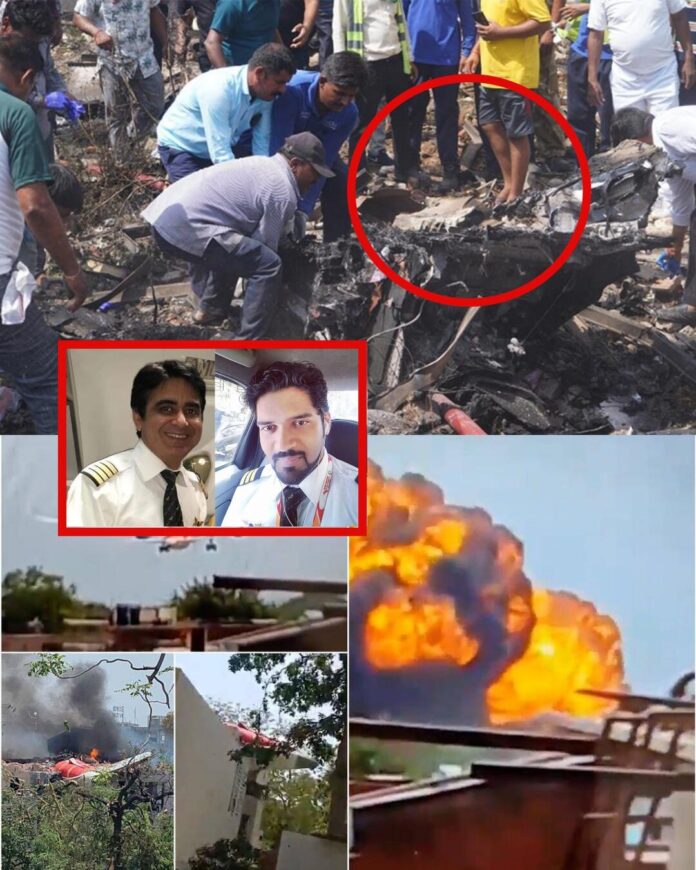After weeks of speculation, silence, and scattered debris, the truth behind the Air India Flight 702 disaster has finally been revealed — and it's far more human than anyone expected.
The recovered black box, analyzed by aviation authorities over the past ten days, has pinpointed the chain of events that led the aircraft — bound from Delhi to Frankfurt — to plummet into flames just moments after takeoff, killing 139 people onboard.
At the centre of the unfolding tragedy?
A single, seemingly minor mistake made by the co-pilot.
🕵️♂️ The Recording That Changed Everything
According to an official report leaked to the press late Tuesday evening, the cockpit voice recorder captured a tense exchange between the captain and the co-pilot, just seconds before the first alarm was triggered.
“You’re coming in too fast—pull back,” the captain is heard saying.
The co-pilot responds, “I’ve got it—just a sec—”
Then: static.
Then: an automated voice repeating, “STALL. STALL. STALL.”
Moments later, the plane nosedived, crashing into a field outside Amritsar and bursting into a fireball that could be seen for miles.
🧩 What Went Wrong?
Experts now believe the co-pilot had accidentally miscalibrated the aircraft’s trim setting during takeoff, causing a steep and unsustainable angle that led to aerodynamic stall — one of the most feared scenarios in modern aviation.
What makes this even more haunting:
The error was correctable — had it been caught 3 seconds earlier.
😢 A Nation in Shock
The public reaction has been swift and emotional.
-
“We were waiting for terrorists. For sabotage. For weather. Not this,” one grieving family member told reporters outside Air India HQ in Mumbai.
-
“It hurts more knowing it was avoidable,” said another, clutching a photo of her lost daughter.
Across social media, the hashtag #AirIndia702 is once again trending — this time, not with speculation, but raw grief.
🧑✈️ The Co-Pilot: Inexperience or Unlucky?
The co-pilot, whose name is being withheld by officials out of respect for their family, had less than 900 hours of flight time with Air India — technically above the minimum, but well below the average for international routes.
One anonymous colleague described him as “eager, precise, but nervous,” and claimed he had once flagged concerns about “pressure to perform” during a debrief six months prior.
“He didn’t crash the plane intentionally,” said aviation analyst David Loken.
“But when you’re flying a steel tube full of lives, a half-second hesitation can cost everything.”
🏁 What Happens Now?
The official investigation is expected to continue for several more weeks, but Air India has already suspended all co-pilots with under 1,000 hours on wide-body jets and ordered mandatory simulator retesting across its fleet.
Prime Minister Modi has also called for a “full safety audit of domestic and international carriers” by year's end.
⚖️ Closure, but No Comfort
For the 139 families who lost loved ones on Flight 702, the black box delivered long-awaited answers — but no true peace.
“It was a mistake,” said one widow quietly. “But it ended everything for us.”
As flags fly at half-mast, the lesson from this tragedy is brutally clear:
It only takes one slip — and the sky, once trusted, becomes the stage for heartbreak.
